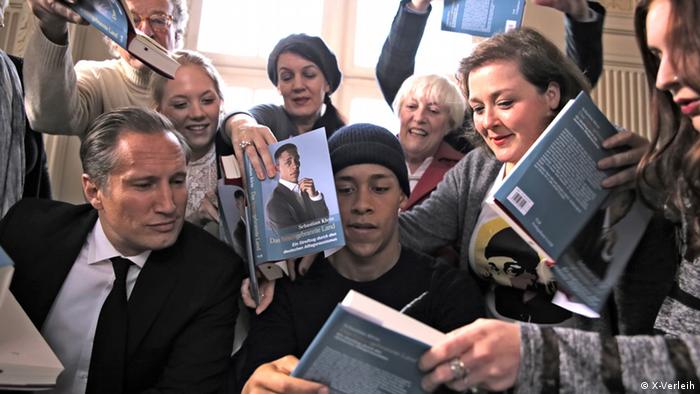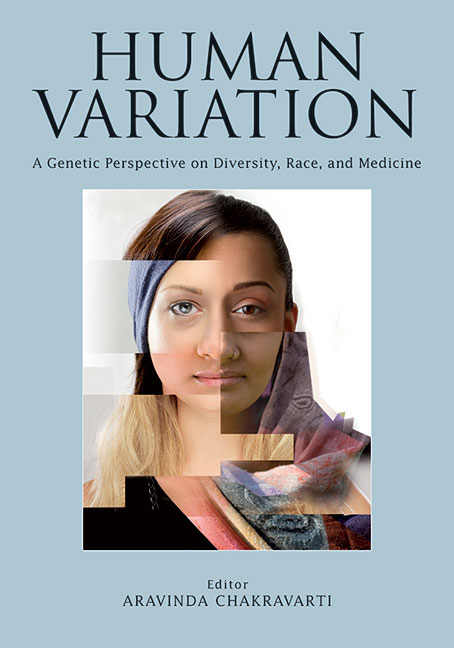African American Interest & Experiences in Russia: A Brief HistoryPosted in Articles, Europe, History, Media Archive on 2015-11-01 16:57Z by Steven |
African American Interest & Experiences in Russia: A Brief History
Afropean: Adventures in Afro Europe
2015-10-28
Robert Fikes, Jr., Reference Librarian
San Diego State University
Robert Fikes, Jr., Librarian at San Diego State University, recounts the history of the African American presence in Russia from the 19th century, noting that African Americans have had a long and prominent history in the region, continuing to the present day, with a focus on the scholarly interest in the history and language by members of the African American intelligentsia.
In early February 1869, Cassius M. Clay, the liberal American ambassador to Russia, was uncertain how Czar Alexander II would react to his personal request to have “a colored American citizen, presented to his Imperial Majesty, as there was not precedent.” He need not have worried however, as Civil War veteran and pioneering black journalist Capt. Thomas Morris Chester from Pennsylvania, was then asked to accompany the czar riding alongside the monarch and his staff in the annual grand review the Imperial Guard – stalwart men splendidly attired in tall black leather boots and gleaming gold and silver helmets crowned with a doubled-headed eagle – and following the awe-inspiring pageantry was treated to a fine meal at the dining table of the royal family. The educated and proudly erect son of an ex-slave, he gladly accepted the invitation and enjoyed an experience unparalleled for an African American in the 19th century. The black editors of the New Orleans Tribune thought the event significant enough that the ambassador’s dispatch to Washington concerning Capt. Chester’s gracious treatment in St. Petersburg was reprinted in the newspaper, believing it would be “instructive to the (racist) white population of the Southern States,” an example of how they should, in the ambassador’s words, “elevate the African race in America.”…
Read the entire article here.





